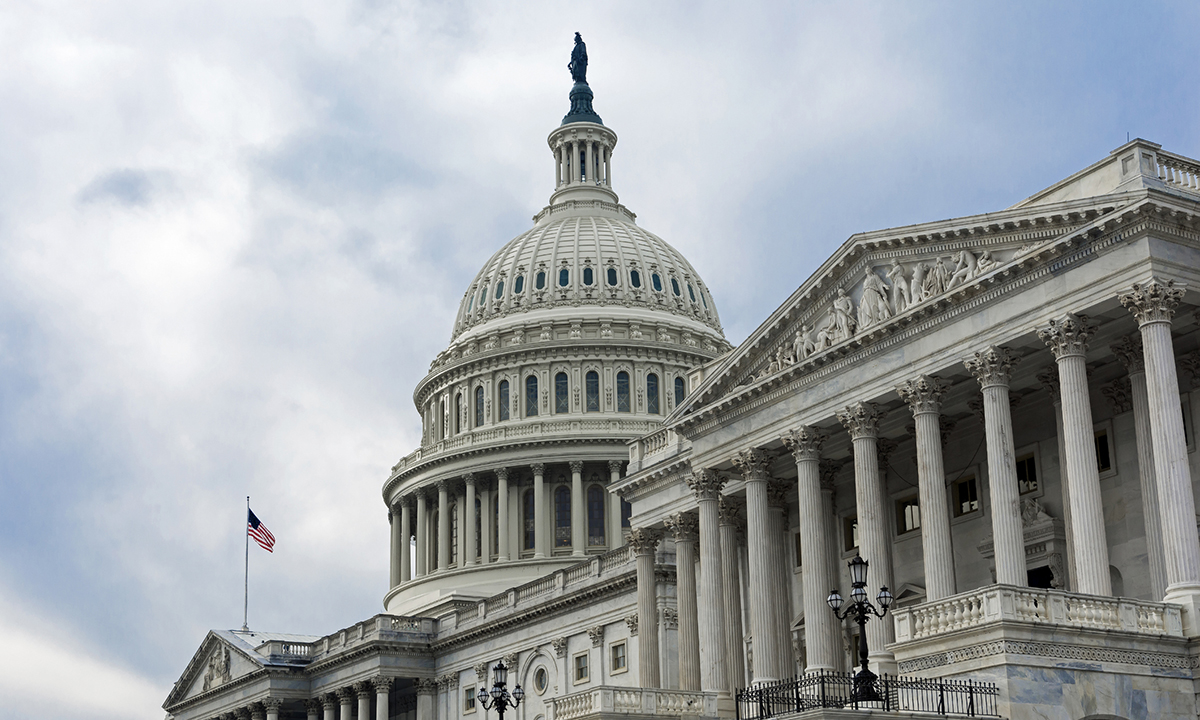50 Years After Equal Educational Opportunities Act, How to Gain True Equality
Jeffries: The act was a critical step in making public schools more equitable. It's time to build on that legacy to create a more just society for all

Get stories like these delivered straight to your inbox. Sign up for The 74 Newsletter
Fifty years ago, the Equal Educational Opportunities Act was signed into law, marking a milestone in our nation’s struggle for educational equity. The act recognized education’s pivotal role in breaking cycles of poverty, codifying the principle that all children should be treated equally in the classroom regardless of race, sex or national origin.
In the decades since, the nation has seen meaningful progress. Attainment gaps, while still present, have narrowed. English learners receive more targeted support, and students with disabilities have greater opportunities to learn in mainstream classrooms.
Even as educators celebrate that progress, we cannot deny that the country still fails to provide equal educational opportunity for all students — particularly those who are Black or Latino or who live in low-income communities.
The most recent National Assessment of Educational Progress exam showed only 29% of eighth graders are proficient in reading, and only 26% reach that bar in math. Outcomes for students from low-income households are even worse, with only 18% proficient in reading and 13% in math. Black and Latino students similarly trail white students.
These unacceptable outcomes reflect persistent inequities in resource allocation. On average, high-poverty districts receive $2,710 less per pupil in public education funding, primarily from state and local governments, than low-poverty districts. Those gaps translate into diminished learning opportunities, most notably in access to experienced and effective teachers. High-poverty schools struggle to attract and retain experienced educators, with schools predominantly serving students of color being four times more likely to employ uncertified teachers as those that have the fewest.
As a former civil rights lawyer, I saw the power and the limitations of the act to remedy these pernicious inequities. It has enabled attorneys to sue when there is evidence of non-compliance, such as delays in implementing special education services or disproportionate tracking of Black and Latino students into remedial classes. In my experience, those cases were largely successful, with judges calling for corrective actions. But too often, school systems ignored or only partly implemented judges’ orders, forcing attorneys to sue again.
I joined KIPP, the nation’s largest network of public charter schools, after recognizing that while legal advocacy is essential, true progress requires transformational change led by those with the direct power to improve the nation’s education system.
Obviously, this includes efforts to guarantee access to high-quality public schools in every community, a promise stated in the act that remains unfulfilled.
In a world where patterns of residential segregation persist, the country needs bold, coordinated investments to ensure that all students receive a great education in their neighborhood. These include federal incentives to foster equity and innovation, with true accountability for results. A few areas where policymakers can begin enacting the required changes include:
- Prioritizing the critically important role of teachers. The federal government should launch a Marshall Plan for educators, reimagining the country’s approach to teacher preparation and backing salary increases to attract more qualified applicants. By investing in teacher recruitment and development, schools can both increase the skill level of new teachers and the capacity of veterans to drive the educational improvements children deserve, while improving diversity in the teacher workforce and ensuring the best-prepared educators work in the schools where they are most needed.
- Revolutionizing the federal approach to school funding. Research shows increased education spending can lead to improved outcomes — but too frequently, federal dollars are allocated without sufficient guardrails, leading to programs being financed with little evidence. Federal funding must instead support proven strategies that drive outcomes for students. This means targeting resources toward evidence-based interventions such as literacy instruction grounded in the science of reading, along with robust accountability to ensure those resources translate into better results for students. Such efforts tend to meet resistance from across the ideological spectrum — teachers unions sometimes bristle at accountability measures, while conservative officials often resist federal oversight. But policymakers must have the courage to put students’ needs first.
- Ensuring access to rigorous college preparatory coursework. All students deserve an education that prepares them for lifelong success, including access to eighth-grade algebra, Advanced Placement or International Baccalaureate courses, and advanced math and science classes that are prerequisites for admission to selective colleges. Currently, high schools in low-income communities are far less likely to offer calculus and physics than those predominantly serving more affluent students. Innovative approaches such as partnerships with local colleges can prevent students from being locked out of opportunity based on their zip code.
No nation can thrive if large segments of its population receive a sub-par education that constrains economic and social mobility. The Equal Educational Opportunities Act was a critical step in making the nation’s public education system more equitable and effective. Now, it’s time to build on that legacy and take the bold actions needed to truly transform America’s schools and create a more just and prosperous society for all.
Get stories like these delivered straight to your inbox. Sign up for The 74 Newsletter

;)
